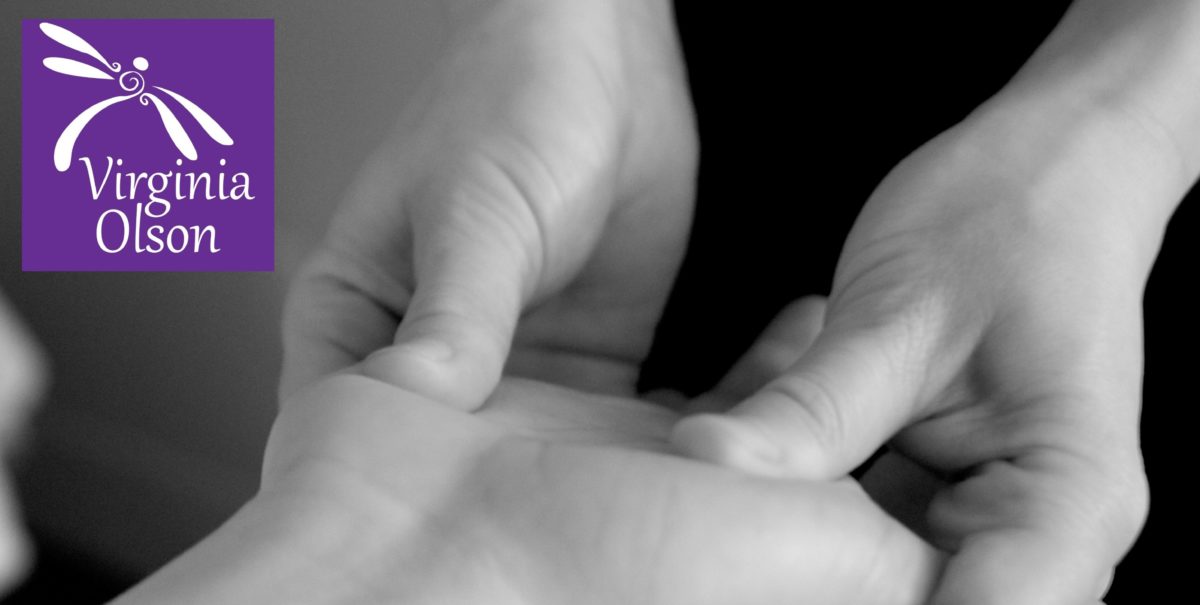Now that I’m in my mid-30s, I notice many of my friends, co-workers, and acquaintances worrying about getting older. Or more specifically, worrying about what it means to get older. And about the fact that they are no longer part of the age category that is considered young and sexy (this goes for women especially). I think ultimately this preoccupation with aging comes from a fear of being old (often equated with being useless, unwanted or unloved). Or even the fear of dying – this in a culture which seems to virtually worship at the fountain of youth.
Much of the concern about getting older stems from people’s beliefs about aging. And in my line of work, I hear many people make statements about being in pain or having trouble moving around. And then they add, “Well that’s part of getting older, isn’t it?” And I’m not talking about people who are older. I’m talking about people my age, and younger. It surprises me that so many people I encounter fully believe that aging is a completely uncontrollable, external process, involving the increase of pain, the decrease of mobility, and the appearance of wrinkles and age spots.
While I’m not foolish enough to believe we can magically all remain forever young, part of the work that I do involves educating people about how much of the aging process is under their control. In other words, how old you feel, and even how old you look, has everything to do with how you take care of yourself, and very little to do with numbers. Now of course, I won’t deny that genetics play a role. We all know someone who smokes and lives to 100. Or someone who lays out in the sun all summer, yet still looks 20 years younger than his/her chronological age. But by and large, much of how you age is in your hands.
On of the ways that yoga and other similar practices can help you feel younger is by maintaining the health and flexibility of your spine. What’s really important is the health of the tissues between the vertebrae. Several key yogic warmups and postures such as spinal flexes (“cat-cow”) and spinal twists stimulate blood flow and circulation to these tissues and help keep your spine healthy. These exercises also stimulate the flow of your cerebral spinal fluid, thereby strengthening your nervous system.
Additionally, yoga can help you retain the range of motion in your joints. Exercises that regularly utilize your range of motion also help lubricate your joints by increasing the synovial fluid. Much the way that oil keeps your car’s engine running smoothly. If your joints are in good working order and you retain range of motion, as you get older you will move like a young person, regardless of your age. This will also mean that you will appear younger, as you will move more easily and fluidly than many other people in your age group.
A further key benefit from yoga is core strength and balance. Core muscles are deep abdominal muscles which run crosswise/horizontally (like a belt). They are located underneath your “six pack muscles” which run lengthwise or vertically. Core muscles help to stabilize you and protect your low back. Having a strong core can mean that you are less likely to strain or injure your low back. Also, strong core muscles, and “moving from your core” (rather than leading with your head in a head-forward or headfirst posture) means you will have a lower center of gravity and also a better sense of balance. This will allow you to more easily right yourself if you slip or trip.
Please look for additional discussion of this topic in my next post. In the meantime, if you want more food for thought, you may enjoy this inspiring article about a 91 year old yoga instructor who has been practicing for decades.
